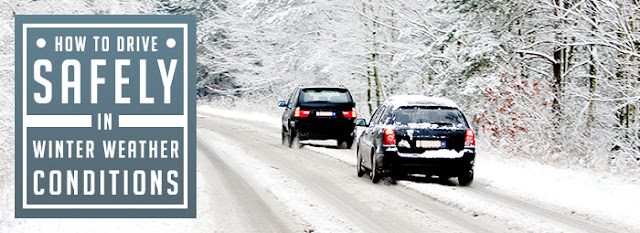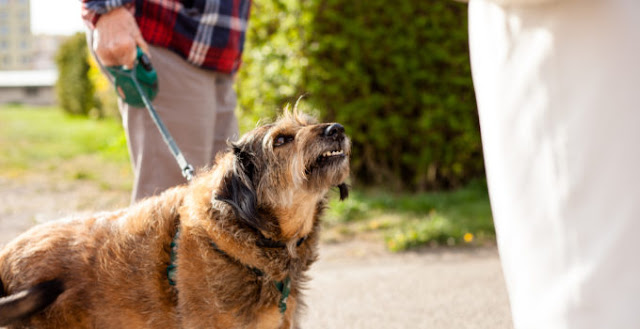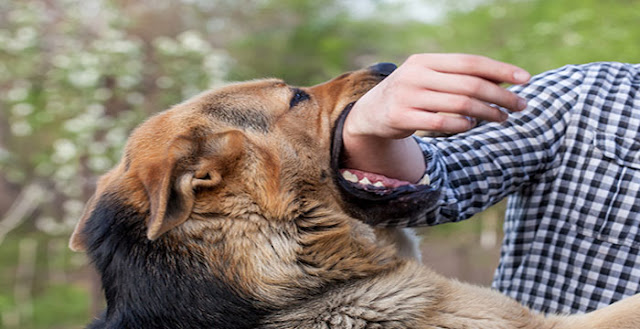Classification Of Aggressive Behavior On Dogs
The key is understanding. It is not true that breed causes the trouble. Every breed can be aggressive; the only difference is stronger breeds can cause larger damage compare to small breeds like Chihuahua. Moreover, larger breeds have a lot more energy than small ones. Hence, they need to let this power out. That causes the trouble when a pet does not have a proper outlet for their energy because their owners do not understand the needs of that dog’s breed. It is important to classify the aggression to determine what the dog’s get from it so you can mediate.
Classification of Aggressive Behavior
● Territorial - Dogs territorial behavior makes them appealing to dog owners as they can defend their areas from intruders. However, a canine can or cannot distinguish who is a friend or relative of their owner if they rarely see it. It is prone to female or male dogs but rarely in puppies as they only develop this behavior as they grow up.
● Protective - Because dogs are social beings. They tend to develop an inclination towards their packs or groups, and they may consider the family of their owner as such. When someone is weaker, they will defend it if they sense danger. That is why dogs that have puppies or its owners have a newborn child; they may start showing aggression.
● Possessive - When a dog feels the need to compete for food, nesting sites, or mates to survive, they will guard their possessions against others, be it a human or another animal and whether they need to or not. It is common for dogs who experienced scarcity or dogs that have many other competitors on the house.
● Fear - Sometimes it originates from bad training habits such as punishment. It can also be that other animals had outweighed them on fights. The dog will start showing fearful postures or try to run away from the thing that scares them. However, it may still attack when it is their only choice, or they feel trapped. Sometimes they may run, but when their enemy turns their back, that is when they will attack.
●
Defensive - Seems to be
alike to fear aggression. However, the difference is a dog’s mindset is not be
overpowered by the other party. They usually do attack, regardless if the enemy
advances or freezes.
●
Social - Dogs also
have their hierarchy. It is better to understand and respected by their fellow
dogs. However, it can be complex and impossible to convey to humans. Hence, it
is frequent with high leveled dogs in their pack that when they feel that a
person does not respect him, then he would turn an aggression toward that
person.
●
Pain - A gentle dog when in pain can
attack even its owner, even if you are just there to treat him. Thus, an
injured or a sick dog should not be touch unless you have the training of
correctly handling the wound or pain. Even training equipment such as leash or
collar should be handled carefully.
When a dog bite happens, it is also
advisable to contact a dog bite injury lawyer. Regardless, if you are the owner
or the victim, you should know your rights, compensation, and responsibilities.
A dog bite attorney can help you even if the victim and the dog are both from
your family to get a claim from your insurance.







Comments
Post a Comment